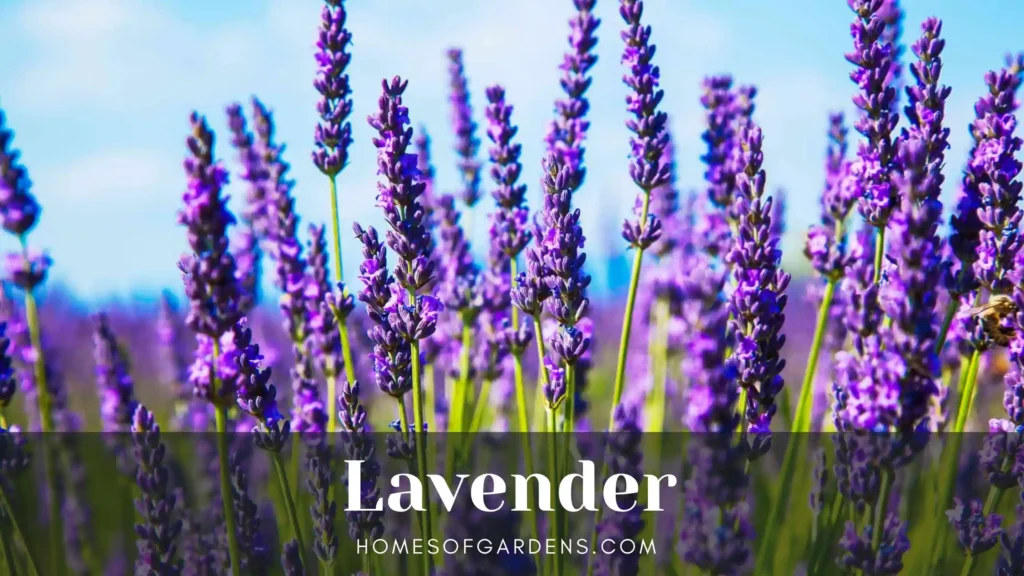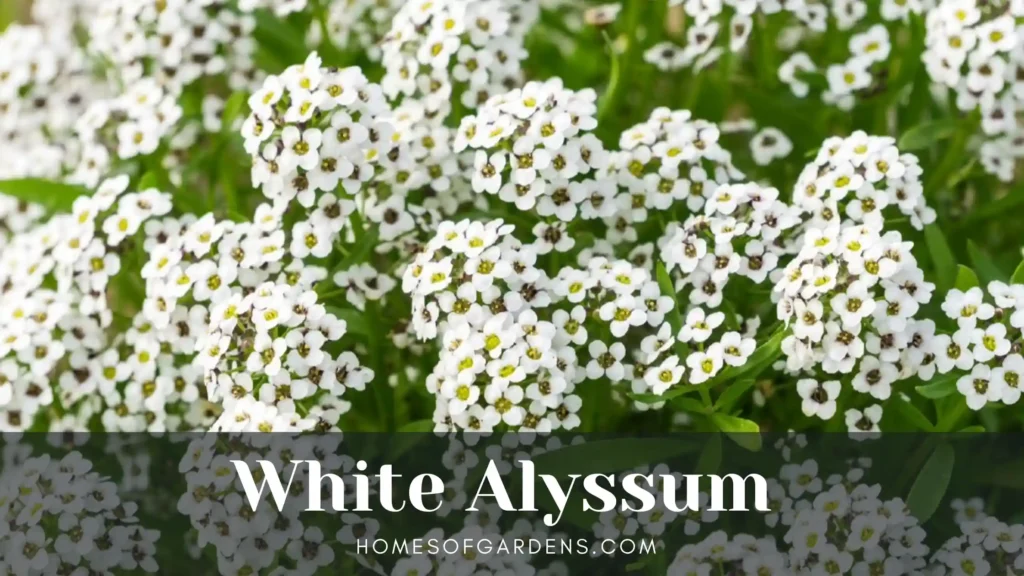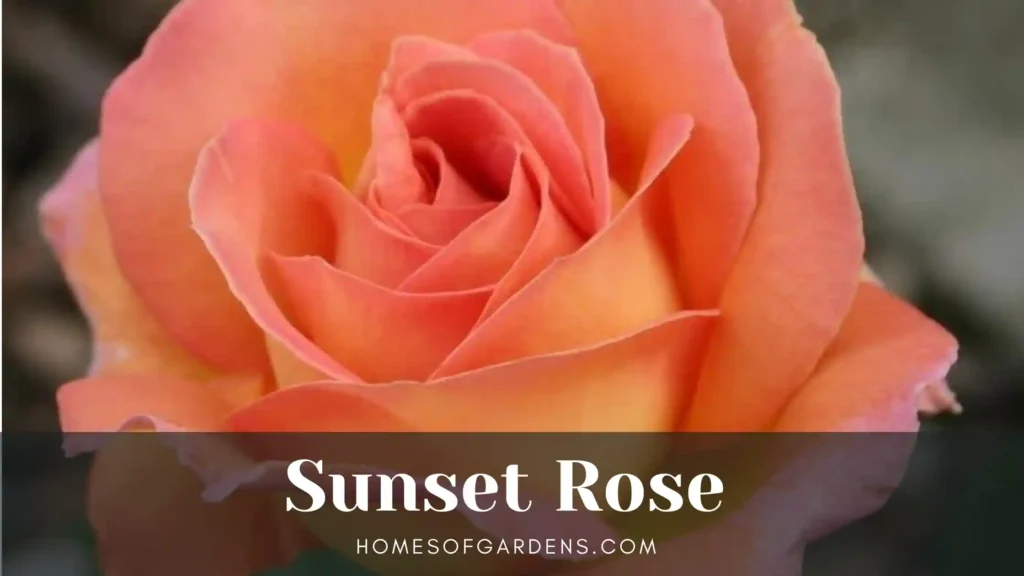Introduction
There’s something breathtakingly beautiful about a sunset rose that symbolizes the warm and radiant colors of the sun’s setting. The petals are a mix of peach, pink gold, peach, and gold. The gorgeous rose has captured the hearts of gardeners, florists and event floral lovers.
We’ll cover everything that you should know about the sunset rose, beginning with its origins and significance to tips for gardening and uses for flowers. If you’re just beginning to learn about gardening or a seasoned horticulturist, you’ll be able to gain knowledge on the stunning flower.
What Is a Sunset Rose?
A sunset rose can be described as a form that is a hybrid tea rose, or floribunda that is known for its gradation-colored petals that resemble the vivid hues of the sunset. They typically have:
- Soft peach and pink hues
- Golden-orange undertones
- A velvety texture and large blooms
- A sweet, mild fragrance
The most popular varieties are ‘Sunset Celebration Tahitian Sunset’ and ‘Sunset Boulevard. each with slight variations in shades and growth patterns.
The Symbolism of Sunset Rose
Roses have been linked for a long time with profound emotions and the rose that is fading at sunset isn’t an exception. Its captivating colors have particular significance:
- Warmth & Happiness – The golden and peach tones evoke joy and positivity.
- Romance & Passion – The pink and orange hues symbolize love and desire.
- New Beginnings – Like a sunset marking the end of a day, these roses can also represent transitions and fresh starts.
They are great gifts for graduations, birthdays or to simply make someone’s day more enjoyable.
How to Grow Sunset Rose
If you’re keen to plant these gorgeous blooms to your garden, make sure you follow these important gardening tips:
1. Choosing the Right Location
- Sunlight: Sunset roses thrive in 6-8 hours of direct sunlight daily.
- Soil: Well-draining, slightly acidic soil (pH 6.0-6.5) is ideal.
- Spacing: Plant bushes 2-3 feet apart for proper air circulation.
2. Planting Your Sunset Rose
- Dig a hole twice as wide as the root ball.
- Mix compost into the soil for extra nutrients.
- Place the rose bush in the hole, ensuring the graft union (the swollen part near the base) is 1-2 inches below the soil.
- Water thoroughly after planting.
3. Watering & Feeding
- Water deeply 2-3 times a week (more in extreme heat).
- Use a balanced rose fertilizer every 4-6 weeks during the growing season.
4. Pruning & Maintenance
- Prune in early spring to remove dead or weak stems.
- Deadheads spent blooms to encourage new flowers.
- Watch for pests like aphids and treat them with neem oil if needed.
Best Companion Plants for Sunset Rose
For a stunning garden display, think about pairing your sunset roses with plants that will enhance their appearance and help to encourage their development:
Lavender (Lavandula)

- Why? The purple hues contrast beautifully with peach and pink roses.
- Benefits: Repels pests like aphids and attracts pollinators.
Catmint (Nepeta)

- Why? Its soft blue flowers create a lovely color contrast.
- Benefits: Drought-tolerant and low-maintenance.
Salvia

- Why? The deep purple or red spikes add height and drama.
- Benefits: Attracts hummingbirds and butterflies.
White Alyssum

- Why? Acts as a ground cover, making roses stand out.
- Benefits: Helps retain soil moisture.
Sunset Rose in Floral Arrangements
Thanks to their vibrant colors, sunset roses have become the most popular choice for floral arrangements as well as centerpieces. Here’s how you can use the roses effectively:
1. Wedding Bouquets
- Pair with white roses and eucalyptus for an elegant contrast.
- Combine with dahlias and ranunculus for a romantic garden feel.
2. Home Decor
- Place in a clear vase with sola wood flowers for a rustic touch.
- Mix with sunflowers and lavender for a cheerful display.
3. Gift Arrangements
- A single sunset rose in a bud vase makes a simple yet meaningful gift.
- Combine with baby’s breath and greenery for a classic look.
Common Pests & Diseases Affecting Sunset Roses (And How to Prevent Them)
Even the most vibrant sunset roses can fall victim to pests and diseases. Here’s how to protect them:
A. Common Pests
- Aphids Tiny green or black bugs that suck sap from buds.
- Solution: Spray with neem oil or introduce ladybugs.
- Spider Mites Cause yellow speckling on leaves.
- Solution: Increase humidity and rinse leaves with water.
- Japanese Beetles Chew on petals and foliage.
- Solution: Handpick them or use milky spore powder.
B. Common Diseases
- Black Spot Dark spots on leaves, leading to defoliation.
- Prevention: Water at the base (not leaves) and use fungicide spray.
- Powdery Mildew White powdery coating on leaves.
- Prevention: Ensure good air circulation and avoid overcrowding.
- Rust Orange pustules under leaves.
- Prevention: Remove infected leaves and apply copper fungicide.
Organic Tip: A baking soda spray (1 tsp baking soda + 1 quart water + a few drops of soap) can help prevent fungal issues.
The Best Sunset Rose Varieties for Different Climates
Not all sunset roses thrive in the same conditions. Here’s a guide to choosing the right variety based on your climate:
A. Hot & Dry Climates (e.g., California, Arizona)
- Tahitian Sunset Heat-tolerant with vibrant orange-pink blooms.
- Sunset Celebration Resistant to drought once established.
B. Cool & Humid Climates (e.g., Pacific Northwest, UK)
- Julia Child Butter-gold blooms with excellent disease resistance.
- Easy Does It Floribunda with peach-orange flowers, great for rain-prone areas.
C. Temperate Zones (e.g., Midwest, France)
- Just Joey Large apricot blooms, performs well in moderate climates.
- Sunset Boulevard Reliable bloomer with classic sunset hues.
Expert Advice: Check your USDA Hardiness Zone (or local equivalent) before planting to ensure the best growth.
Conclusion

Sunset rose is a masterpiece of nature, mixing the flamboyant warmth of the dusk with delicate elegance of floral design. If you’re planting them in your backyard or incorporating them into arrangements, these flowers are beautiful, emotional, and elegant to any space.
If you follow the tips for care given above, you’ll be amazed by their beautiful blooms year after year. Have you ever planted or received roses at sunset? Tell us about your experience by leaving a comment below!
